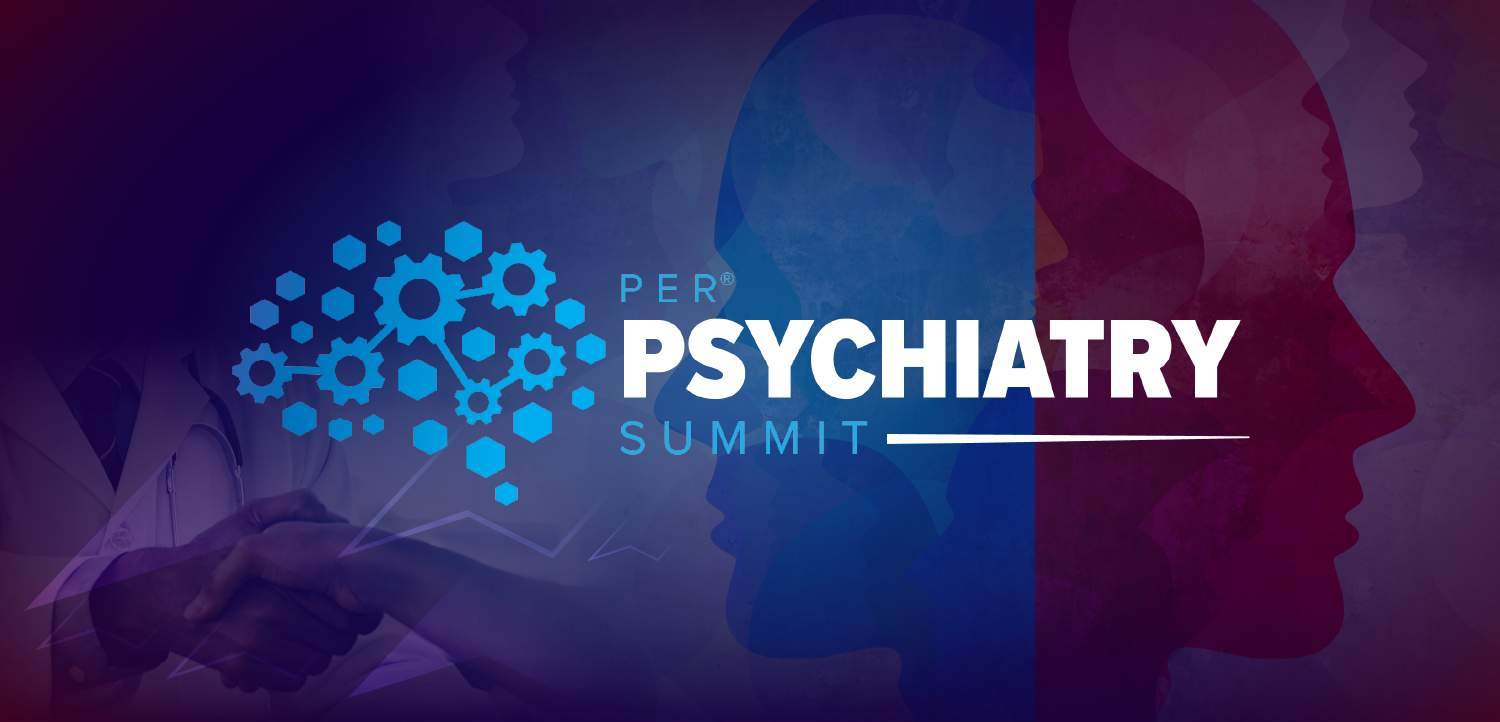
Sleep Medicine Pharmacological Therapy Risks and Rewards
Recognizing the distribution of adverse effects, drug interaction profiles, metabolism, and cytochrome substrate activity may help clinicians address sleep issues more effectively.
Given the high prevalence of sleep complaints in the general population and in patients with comorbid conditions, the pharmacological treatment options for sleep disorders are common and important considerations for both sleep specialists and nonspecialists, according to authors from the Sleep Division, Neurology Department, at Massachusetts General Hospital in Boston. In a comprehensive
The authors reviewed the pharmacological armamentarium in sleep medicine to provide a framework for risk-benefit considerations in clinical practice. Tables described sleeping pill; stimulant; and miscellaneous sleep medication characteristics, as well as significant contraindications. Figures outlined neuropsychiatric, cardiovascular, endocrine/metabolic, GI and genitourinary, and cytochrome P-450 (CYP) profiles.
Key points in the review include the following:
• Clinical pharmacology in sleep medicine may be classified loosely as drugs aimed at managing sleepiness, sleeplessness, or sleep-related movements.
• When a patient presents reporting sleepiness, investigating potential primary causes, such as sleep apnea and insomnia, is critical.
• Pain syndromes, mood disorders, and general medical problems may be comorbid with sleep apnea or disrupted sleep, but residual daytime symptoms persist in some patients in spite of optimized management of potential primary causes, leading to consideration of stimulants in appropriate clinical settings.
• Insomnia may be considered a constellation of symptoms with a variety of underlying causes. A poorly understood aspect of insomnia is the misperception phenotype, in which patients underestimate their sleep times compared with objective measurements. The primary challenge in the diagnosis and management of insomnia is that both are based entirely on the clinical history and not on objective testing.
• Restless leg syndrome (RLS) and periodic limb movements of sleep are the most common movement disorders that result in sleep disturbance. They are managed similarly, often beginning with interrogation of iron stores and oral repletion, followed by dopaminergic medications. Pramipexole and ropinirole were developed for managing Parkinson disease but have been shown to improve RLS symptoms.
• The CYP family of heme-containing enzymes is involved in the metabolism of endogenous and exogenous organic molecules. The main contexts for considering the CYPs in clinical pharmacology are the effect of certain drugs on enhancing or inhibiting the action of one or more CYP enzymes and the increasing recognition that genetic polymorphisms may alter a patient’s metabolism of certain drugs.
Reference
1. Proctor A, Bianchi MT. Clinical pharmacology in sleep medicine. ISRN Pharmacol. 2012;2012:914168.
Newsletter
Enhance your clinical practice with the Patient Care newsletter, offering the latest evidence-based guidelines, diagnostic insights, and treatment strategies for primary care physicians.

































































































































































































































































































